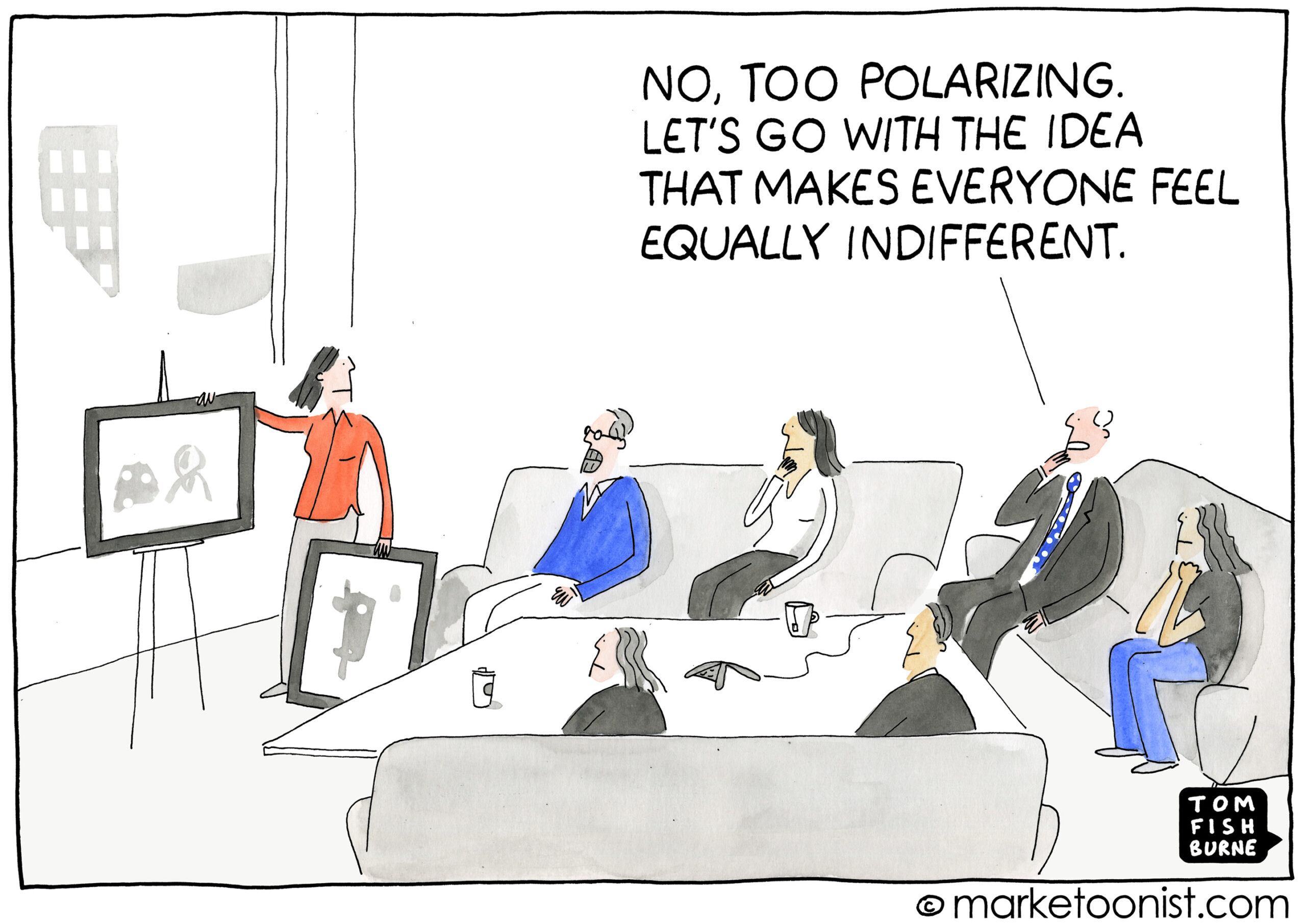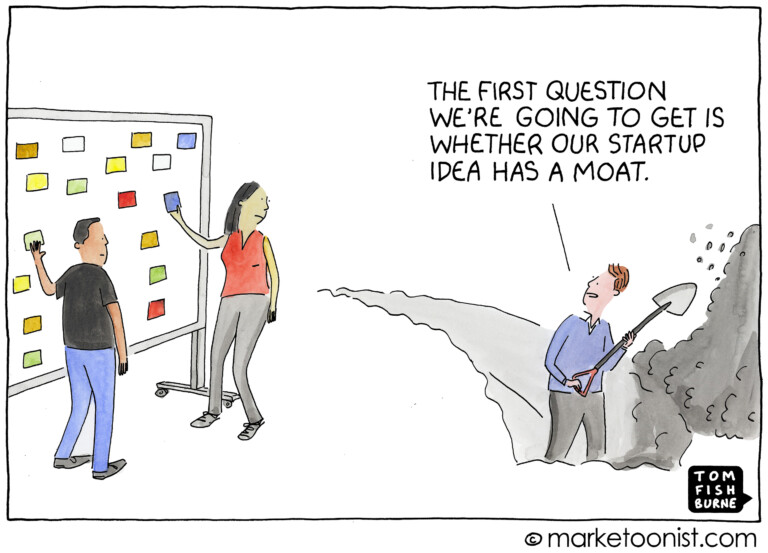Groupthink and the Abilene Paradox
Why do people who privately disagree with a collective unanimous decision choose to not voice their real feelings and just go along instead?
Proposed by Jerry B. Harvey (1974), a professor of management science at George Washington University, the “Abilene Paradox” describes a situation in which a group of people decides unanimously even though it’s against the wishes and interests of its members.
Harvey coined the paradox in a story about a trip his family made to Abilene, Texas. Jerry B. Harvey’s father-in-law was trying to make conversation and was concerned that his family was growing bored sitting at home, so he suggested they take a ride to Abilene to have dinner. Despite no genuine interest in making the hour-plus trip on a hot summer afternoon, the family all agreed to the journey.
Harvey called it a “failure to manage agreement.”
It’s a close cousin to today’s Groupthink.
If you’re paying attention, the Abilene Paradox is all around you.
Take social media for instance, where members of the group seek conformity at all costs, willfully choosing to join the herd seeking acceptance while simultaneously acting against their own interests.
The dynamics of group decision-making and the pressure to conform are foundational to every social media platform.
It’s Groupthink and the Abilene Paradox mixed together like a fizzy Spring cocktail.
Why would someone choose to stick their neck out and voice their opinion that is against that of the members of the group? Or worse, choose to voice a dissenting opinion that is opposed to the prevailing opinion?
Better to blend in and blindly follow the consensus, right?
Fine for those out there that like to find shelter in the foxhole, but not for the unruly types.
Beware the echo chambers that surround you in your daily life and seek knowledge and truth!
The Leadership Dilemma
Leaders face their own dilemmas in their quest to lead individuals and members of a group.
Can the very act of leadership inadvertently create an Abilene Paradox?
Based on my personal experience…me thinks so.
What I’ve discovered in my 30-plus years in business is that most people prefer to be led and follow the leader versus becoming one themselves.
Let’s use the 80/20 rule here and deduce that approximately 8 out of every 10 people prefer to follow a leader and be led.
What you’ll find is that leaders create “consensus” through leading – the individuals that choose to follow and form the group are typically unanimous in their decision to believe, trust, follow, and assume what the leader says to do is what they should do.
Back to the Abilene Paradox – Jerry B. Harvey’s father-in-law decided to take a leadership role in the group by recommending a trip to Abilene – then the individuals of the group individually followed his “lead” and decided to make the grueling trip.
Because it’s the path of least resistance for the individuals in the group.
This begs an important question…
…what Abilene Paradox do you find yourself in at this very moment?
I bet you’ve got a few on your hands.
That’s ok – you’re far from alone.
So, what’s the antidote to avoid the Abilene Paradox?
First, acknowledge it.
Second, just say no.
If you study the most successful and wealthy people in history, you’ll find one common characteristic that they all share…
…their decisiveness in saying “no.”
In fact, you’ll find they are better at “subtraction” than “addition,” – meaning they purposely eliminate everything that interferes with their “yes” focus and attention.
They only make intelligent agreements.
Beware the sad tale of the Abilene Paradox – it’s powerful and self-destructive.
In a way, our perspective is a paradigm itself.
The way we see and interpret the world around us is based on our experiences, beliefs, assumptions, and values.
If we falsely choose to share assumptions that we don’t believe in or our counter to our experiences and values, we conform to paradigms that are not our own.
Just say no.
It’s why I prefer to stay constructively unruly and fight the status quo.
It’s equilibrium for my perspective.
It’s a balance for my paradigms.
Just because it’s a crazy world out there doesn’t mean you have to agree and join in.
To your newfound ability to say no.



